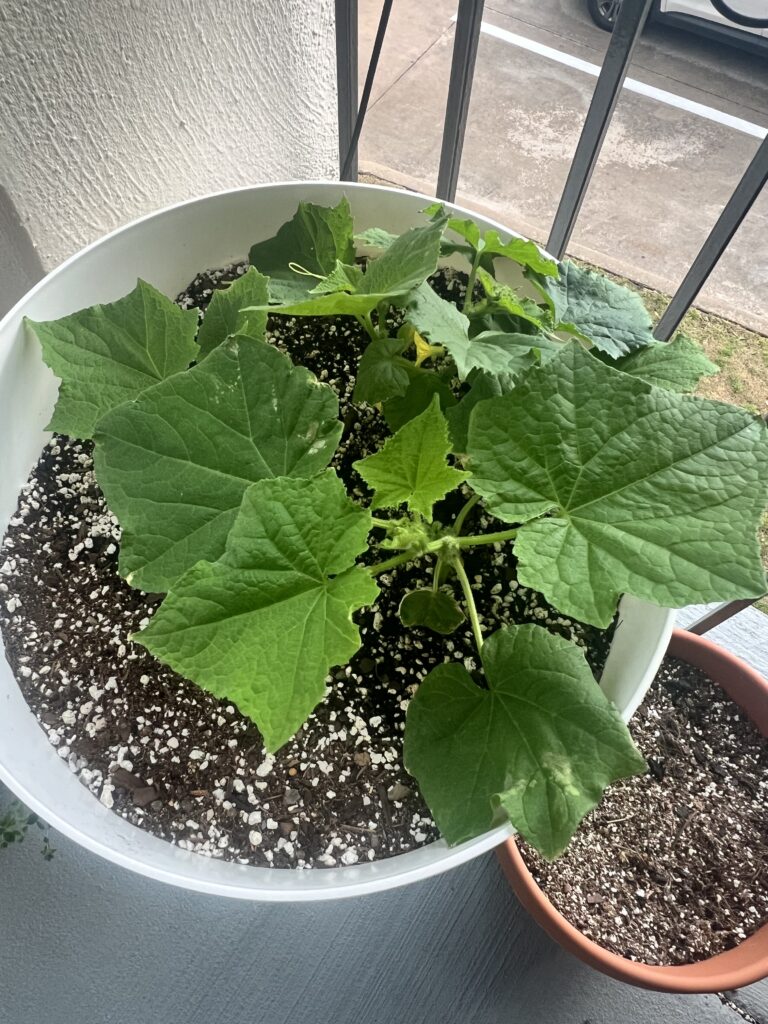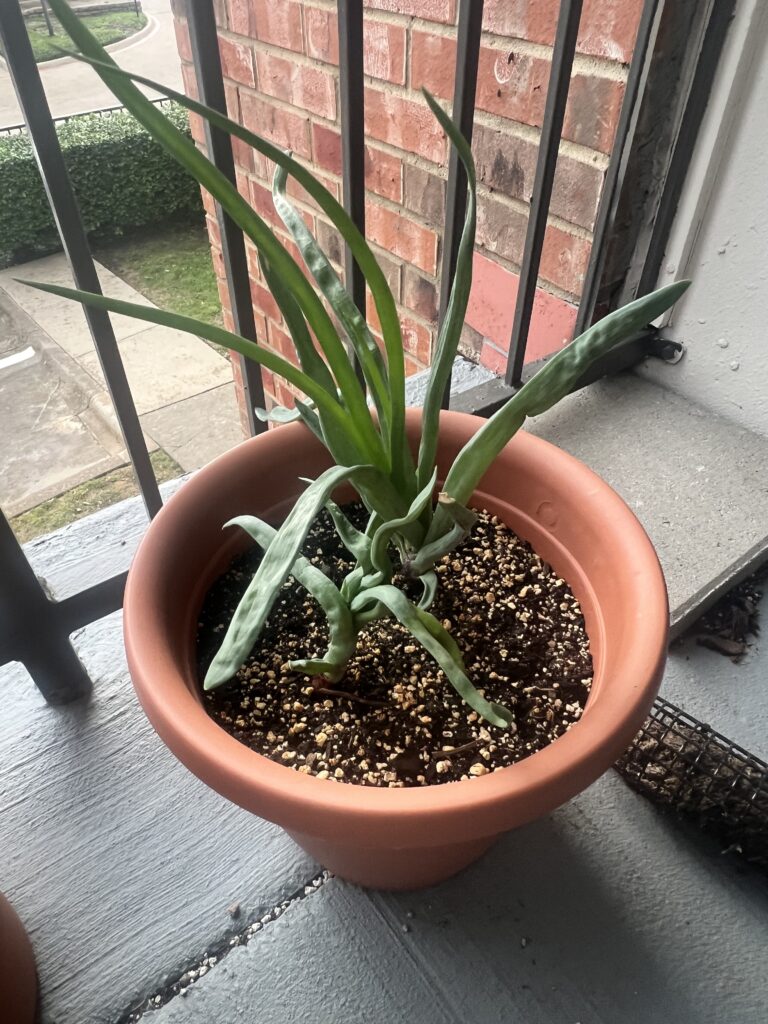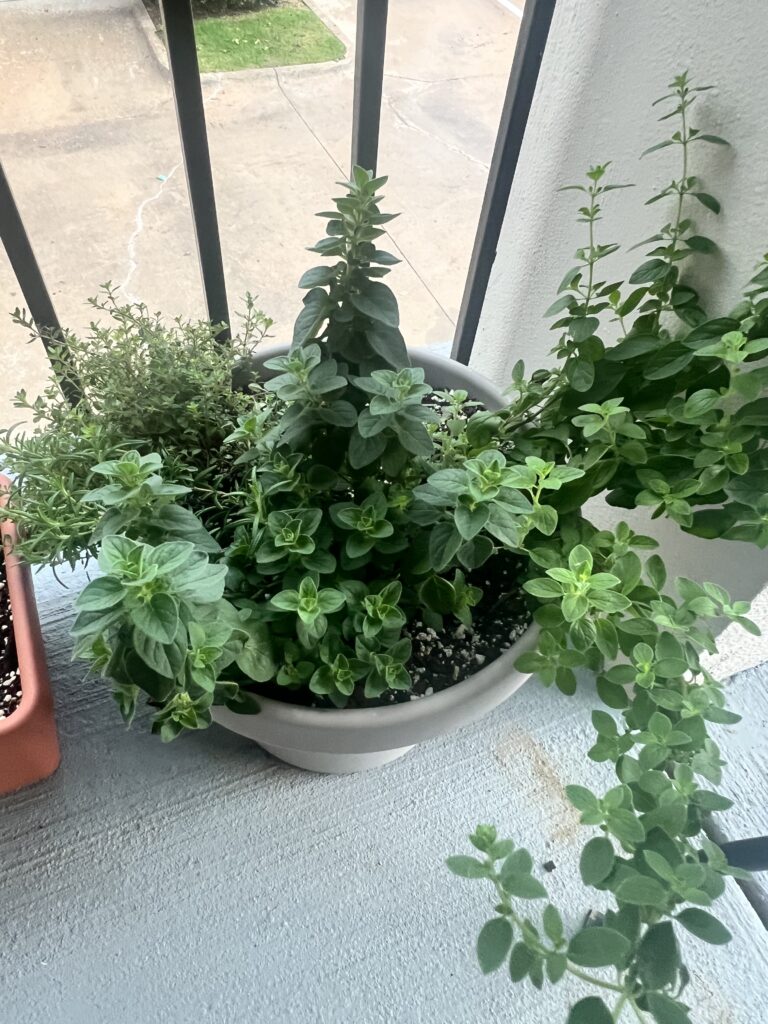
There’s something magical about growing your own food, especially when you don’t need sprawling garden beds or a backyard to do it. But I live in an apartment with a small balcony which has been presented as not ‘ideal to have an outdoor garden BUT I think you can have a garden anywhere. Whether you’re on a balcony, a patio, or just working with a sunny window, container gardening brings the harvest home in a beautifully compact way. But as dreamy as it sounds (and looks), growing crops in containers can trip up first-timers if you don’t go in with the right setup.
Let’s walk through how to do it right—from what to plant, what to avoid, and how to make it all look as lovely as it will be yielding.
Why Container Gardening?
Container gardening is perfect if you are short on space or new to the gardening world. You get control over soil quality, you can move your crops around to chase the sun, and you don’t need to dig into the ground. Just grab a few pots and you’re on your way. But it’s not just about the practicality. A row of terracotta planters lined along a patio or a collection of rustic buckets brimming with herbs can transform a space.
Pair these with natural light, a warm color palette (think soft greens, wood tones, and garden tools), and you’re not just growing food—you’re creating a lifestyle moment.

What You Can Grow (That Actually Thrives in Containers)
You really have plenty of options when it comes to planting in containers. You can use large grow bags for deep rooting veggies like carrots or potatoes. And some vegetables absolutely love life in a pot. It would be best to start with crops that are both forgiving and rewarding:
- Cherry Tomatoes: Compact varieties like ‘Tiny Tim’ or ‘Patio Princess’ were made for containers. Stake them early and watch them take off.
- Lettuce & Spinach: These grow fast, don’t need deep roots, and can be harvested again and again.
- Peppers: Whether sweet bell or spicy jalapeño, peppers flourish in warm containers with great drainage.
- Radishes: Quick to grow and satisfying to pull out of the soil—perfect for beginners.
- Herbs: These are a must. Basil, thyme, parsley, and mint are container royalty. Plus, they smell incredible and can help repel some pests.

The Mistakes First-Timers Often Make (and How to Avoid Them)
- Picking the Wrong Containers
That charming little pot you found at a vintage market? Yeah it’s probably cute but not deep enough for your tomatoes. Vegetables need ROOM to root. Always go for containers with at least 12 inches of depth (more for root crops). Make sure they have proper drainage holes because soggy roots will be your enemy for potted vegetables. - Underestimating the Sun
The majority of crops need 6–8 hours of direct sunlight a day. Place your containers in the sunniest spot you’ve got—and rotate them every few days for even growth. If you live somewhere with extreme heat, a sheer curtain or patio umbrella can provide just enough shade without compromising light. - Overwatering or Underwatering
Containers dry out faster than garden beds, especially in summer. I’m in North Texas and the sun out here is no joke, like over 110 degrees many summer days no joke. Check the soil daily by sticking your finger in—if it’s dry 1–2 inches down, it’s time to water. Self-watering planters or adding mulch on top can help retain moisture. - Using Regular Garden Soil
Don’t just grab dirt from the yard. Container plants need lightweight, nutrient-rich potting mix designed for pots. This also means adding other elements to it like perlite, charcoal, slow release fertilizer or worm castings. It allows for proper drainage and gives roots the oxygen they need.
Personally, I like to make my own soil mixes. Here are the ingredients for what has worked best for me:
– Espoma Garden Tone Fertilizer
- Crowding the Plants
It’s tempting to plant everything at once, but overcrowding leads to slow/weak growth and disease. Read seed packet spacing instructions—and follow them! They are on there for a reason, which I painfully came to find out when I planted tomatoes and broccoli together in one pot, rookie mistake. One tomato plant per 5-gallon bucket is plenty.
Making It Beautiful (Because Why Not?)
Your container garden doesn’t just have to be functional—it can also be totally swoon-worthy. Mix in style elements that make the space feel like your own little retreat:
- Layer heights: Use risers, hanging baskets, and wall shelves to vary levels and create visual interest.
- Label it: Handwritten plant markers on craft sticks, copper tags, or vintage-style labels make it personal.
- Add cozy: Think soft string lights, a woven mat, or a bistro chair nestled between planters.
- Reuse with charm: Old galvanized buckets, teacups, or baskets lined with plastic can become showstopping planters.
A Final Thought
Container gardening is more than a trend—it’s a way to reconnect with your food, your space, and the satisfaction of growing something from scratch. It’s okay if you don’t get it perfect the first time. Plants are forgiving, and so is the process. Start small, plant what you love, and enjoy watching your mini garden thrive.
Whether you’re harvesting a single tomato or pulling a handful of lettuce leaves for lunch, there’s nothing quite like knowing you grew that—right outside your door.
Happy Planting!
Leave a Reply